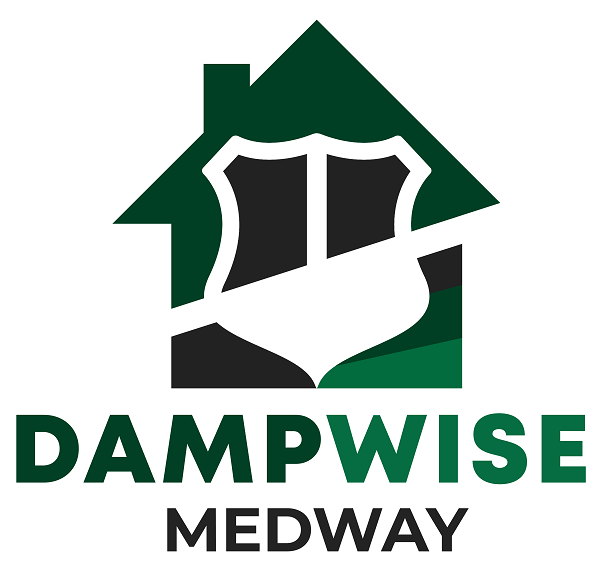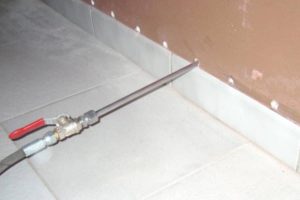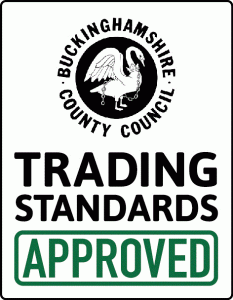Whereas Rochester Building and Damp offers a multitude of damp proofing services such as in-depth damp surveys, tanking, land-drainage, waterproof-rendering, plumbing and roofing repairs, the Kent based business Dampwise Medway only specialises in chemical injection DPC.
Dampwise Medway can help sell your property today by injecting the walls and signing-off a transferable 20 year guarantee certificate. Or they can provide a quick, easy and very cheap option to fix the damp in your home so you no longer have to live in cold, miserable, mould afflicted environment. Rochester Building Damp are proud to support the property preservation efforts of Dampwise Medway. A local firm that covers all of South East England.

by James Sinclair
This mechanism means that a wall in contact with the wet ground will absorb water and the water will also pass up the walls – this is rising damp. Rising dampness is the result of capillarity, this being the process in which water rises up the very fine tubes formed by the pores

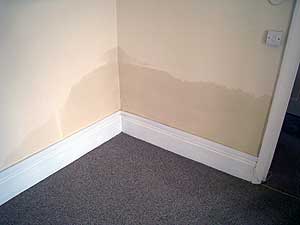
As the water passes up the wall, it evaporates away from the surface at a rate mainly depending on the temperature and type of wall covering. Eventually, the amount of water passing into the wall is balanced by the amount which can evaporate and the water does not reach any higher up the wall. This may result in a tide mark being seen across the wall – below it, the wall is constantly damp, but above it is relatively dry. The height of the tide mark depends on the dampness of the ground and how quickly water can evaporate from the wall. If the wall is coated with a water-resistant covering, such as tiles, gloss paint or vinyl paper, the damp may reach much higher before it can evaporate. Rising damp rarely rises above a height of 1 metre above the external ground level and/or the internal solid floor level.
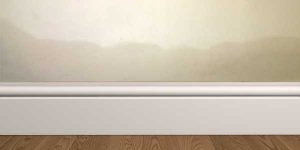

Often the rising water will carry salts into the wall from the ground. These can react with plaster or brickwork and a deposit of crumbly white crystals may be seen on the surface. They can be brushed off and may build up again, and affected plaster will eventually perish, becoming soft and falling off.
Rising damp can be most costly when timber floors are affected. In older houses, floor joists are often seated directly into walls, with little or no protection from the dampness. Joists are usually supported directly on to the physical damp proof course in more modern building constructions. Where rising dampness exists, masonry, on which the timber joists are supported, becomes wet. Eventually, damp wood will become infected with wood-decaying fungi such as wet rot or dry rot, and may also become attacked by wood-boring beetles. These cause a complete breakdown of the structure of the wood and the floor may eventually collapse. This can occur over a short period, or take many years, depending on the degree and speed of development of the dampness and the resultant fungal or insect attack.



